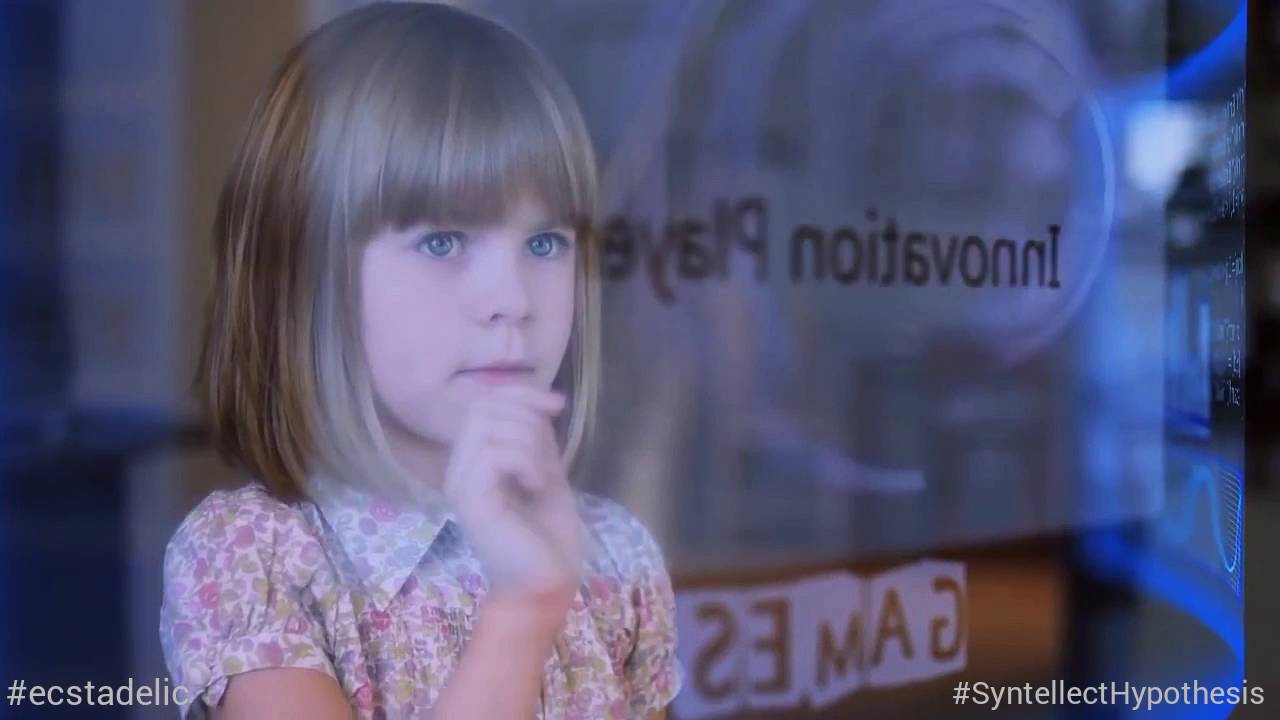Jun 8, 2016
The Syntellect Emergence #SyntellectHypothesis
Posted by Shailesh Prasad in categories: evolution, neuroscience
The Syntellect Hypothesis: Five Paradigms of the Mind’s Evolution, Book Trailer, more info: www.ecstadelic.net

The Syntellect Hypothesis: Five Paradigms of the Mind’s Evolution, Book Trailer, more info: www.ecstadelic.net
Don’t expect to see Uber’s CEO behind the wheel any time soon.
On stage at the Axel Springer NOAH Berlin tech conference, Travis Kalanick fessed up that he’s let his driver’s license expire.
As for owning a car? Yeah, that’s broken too.

Well, if AI takes my job; I guess I can open my own Candy Factory.
Originally from England, this candy store can create 3D sweets. They can print 100 different shapes, or an original design controlled by a kid-friendly app.
I am not surprised at all by this finding given the other issues with pollution such as cancer from carcinogens, asthma, sinus infections, etc.
Air pollution is a known culprit in lung and heart disease. Fine particulate matter, tiny particles, 1/30th the width of a human hair, are released into the air by power plants, factories, cars and trucks. These fine particles somehow invade the body’s defenses and do the most damage. Air quality is worst in urban areas with increased traffic. New research points out that air pollution negatively affects brain and cognitive development in young children and teenagers.
Moreover, Jennifer Weuve, an assistant professor of internal medicine at Rush Medical College, found that older women who had been exposed to high levels of the pollution experienced greater cognitive decline compared with other women their age (Archives of Internal Medicine, 2012). Other studies cite black carbon in the form of soot as a cause of cognitive decline in an aging population for both men and women. Simply put: Dirty air messes up the brain.
SAN FRANCISCO (AP) — Suppose your smartphone is clever enough to grasp your physical surroundings — the room’s size, the location of doors and windows and the presence of other people. What could it do with that info?
We’re about to get our first look. On Thursday, Lenovo will give consumers their first chance to buy a phone featuring Google’s 3-year-old Project Tango, an attempt to imbue machines with a better understanding about what’s around them.
Location tracking through GPS and cell towers tells apps where you are, but not much more. Tango uses software and sensors to track motions and size up the contours of rooms, empowering Lenovo’s new phone to map building interiors. That’s a crucial building block of a promising new frontier in “augmented reality,” or the digital projection of lifelike images and data into a real-life environment.
Continue reading “Your phone may soon sense everything around you” »
Sentient machines rising up against mankind? The Apple co-founder isn’t worried, and he can explain why.
Continue reading “Steve Wozniak: Computers Won’t Be Smarter than People” »
Nice.
In a pair of firsts, researchers at Case Western Reserve University and Massachusetts Institute of Technology have shown that the drug candidate phenanthriplatin can be more effective than an approved drug in vivo, and that a plant-virus-based carrier successfully delivers a drug in vivo.
Triple-negative breast cancer tumors of mice treated with the phenanthriplatin –carrying nanoparticles were four times smaller than those treated either with cisplatin, a common and related chemotherapy drug, or free phenanthriplatin injected intravenously into circulation.
Continue reading “Drug candidate shrinks tumor when delivered by plant virus nanoparticle” »
Nice!
Scientists can now identify the exact location of a single atom in a silicon crystal, a discovery that is key for greater accuracy in tomorrow’s silicon based quantum computers.
It’s now possible to track and see individual phosphorus atoms in a silicon crystal allowing confirmation of quantum computing capability, but which also has use in nano detection devices.
Continue reading “World-first pinpointing of atoms at work for quantum computers” »
How do organisms without brains make decisions? Most of life is brainless and the vast majority of organisms on Earth lack neurons altogether. Plants, fungi and bacteria must all cope with the same problem as humans — to make the best choices in a complex and ever-changing world or risk dying — without the help of a simple nervous system in many cases.
A team of researchers from New Jersey Institute of Technology (NJIT), the University of Sydney, the University of Sheffield and the University of Leeds recently studied this problem in the unicellular slime mold, Physarum polycephalum, a single-cell organism that can grow to several square meters in size. This giant cell, which typically lives in shady, cool and moist areas of temperate forests, spreads out to search its environment like an amoeba, extending oozy tendrils along the forest floor in search of its prey of fungi, bacteria and decaying vegetable matter.
Neither plant, animal nor fungus, P. polycephalum has become an unlikely candidate for studies of cognition, due to its spectacular problem-solving abilities. In recent studies, Physarum has been shown to solve labyrinth mazes, make complicated trade-offs, anticipate periodic events, remember where it has been, construct transport networks that have similar efficiency to those designed by human engineers and even make irrational decisions — a capability that has long been viewed as a by-product of brain circuitry.
Continue reading “Slime mold gives insight into the intelligence of neuron-less organisms” »
Very nice; researchers have now discovered a method for viewing deep brain imaging through using NIR light at wavelengths of 1600–1870nm Very big deal especially for patients with things like Giloblastoma Multiforme (GBM), and other neuro disorders and diseases.
I remember when my two aunts suffered from GBM, and many doctors could not get iimaging view in some areas of my aunts brains which would have been beneficial in understanding how ingrain the GBM was in their brain cells. So, hopefully this finding will help others in getting better answers to diseases like GBM and in turn better treatment as well developed.
Near-IR light at wavelengths of 1600–1870nm offers the best transmittance for deep brain imaging.
Continue reading “An optical window for deep brain imaging” »
